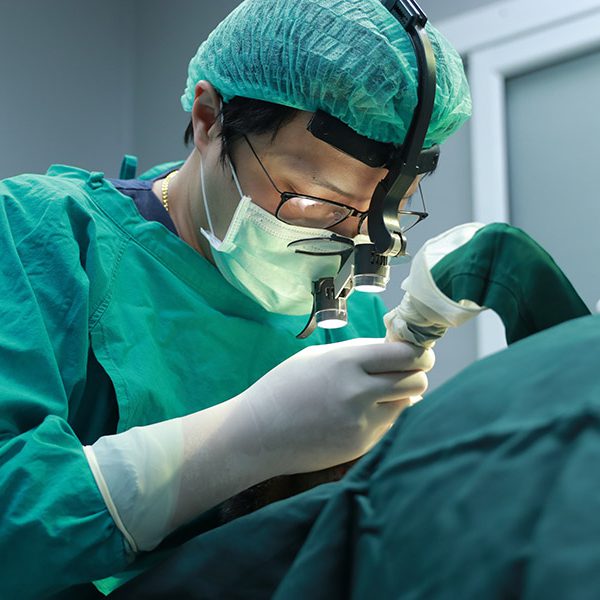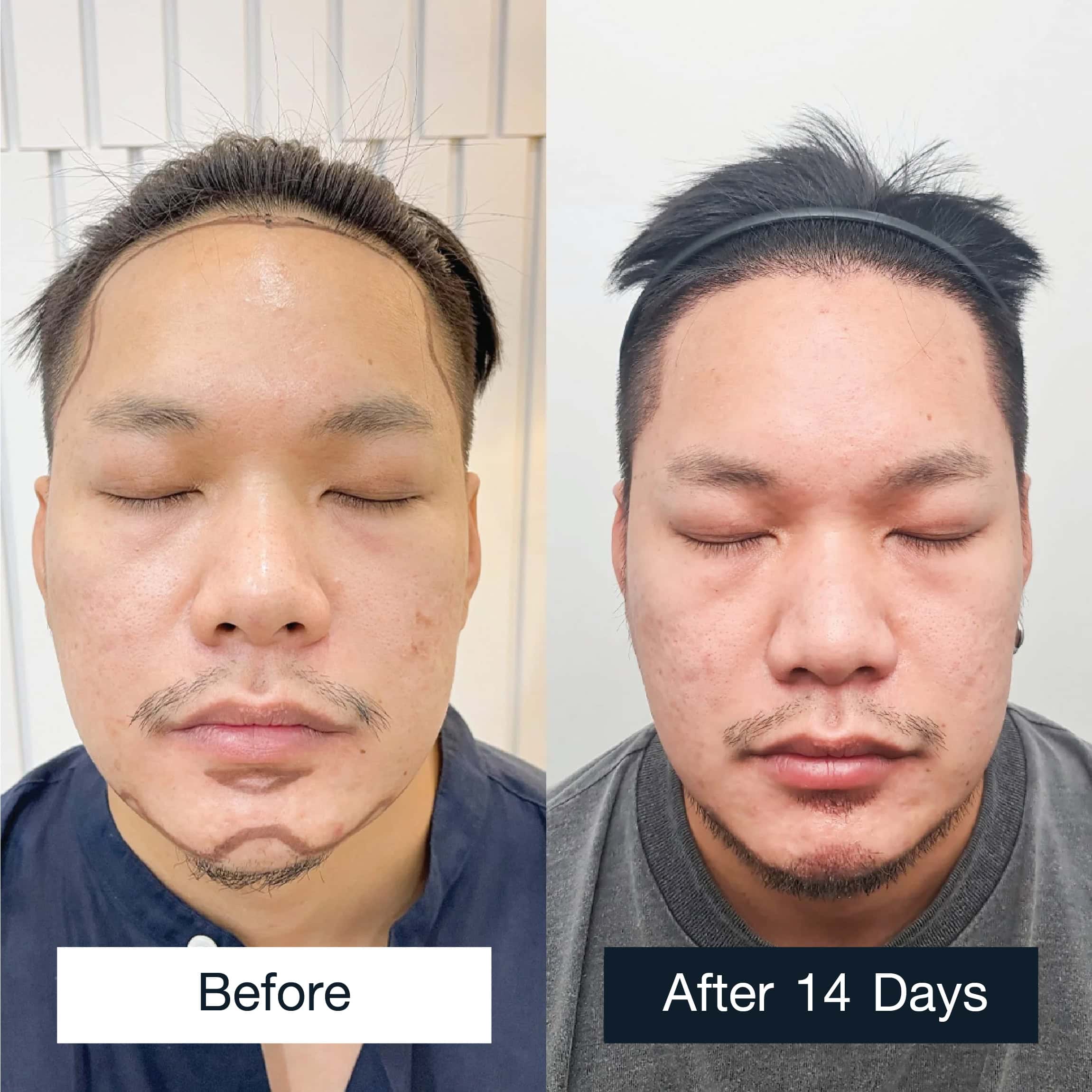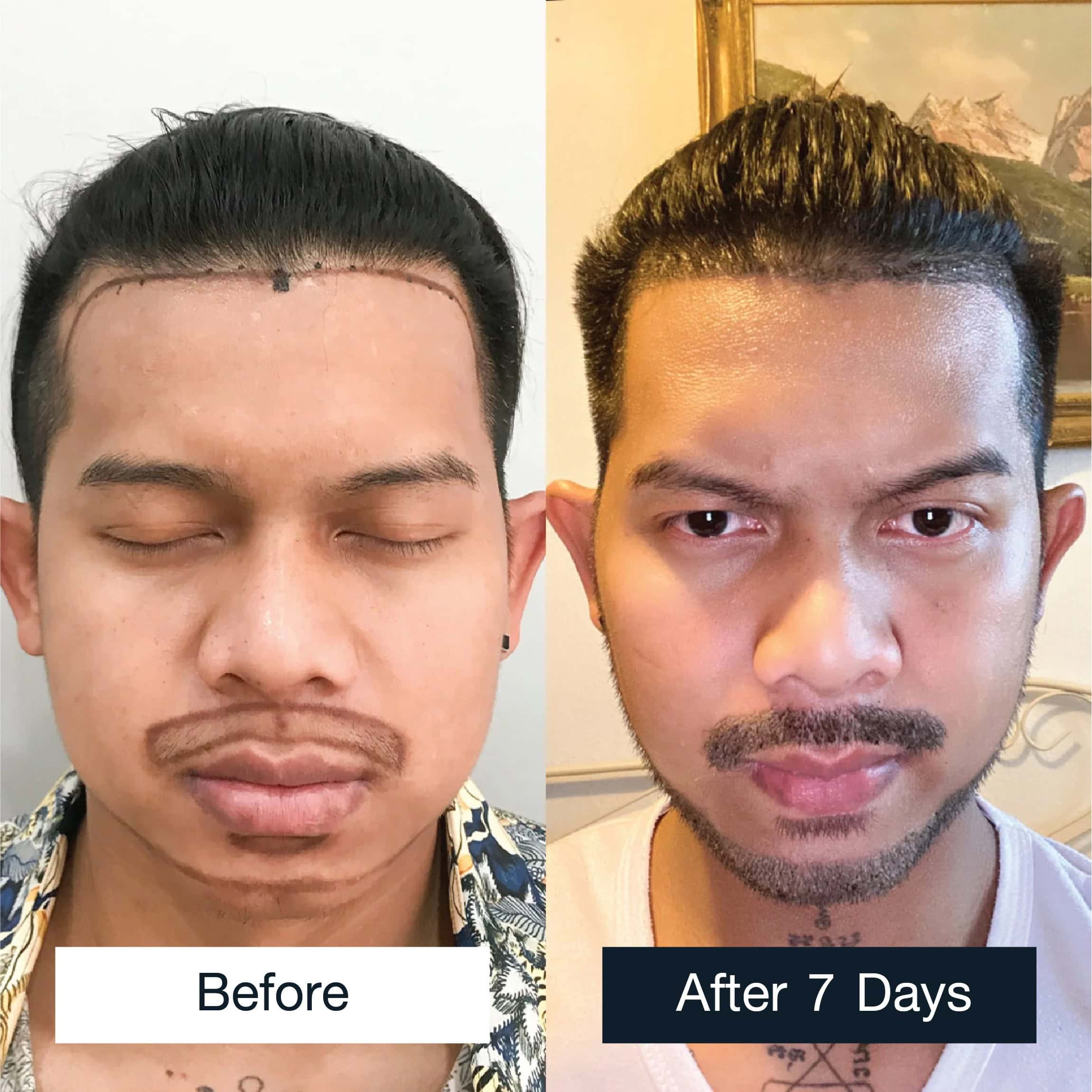Hair Transplantation / Beard and Mustache Transplantation

Nowadays beard and mustache transplantation is becoming more popular for people with minimal or no facial hair at birth, those with accident scars, or alopecia areata (in remission but no beard and mustache regrowth)

Beard and Mustache Transplantation process
What you should know about permanent beard/mustache transplantation.
– Normally beard and mustache consist of single, large strands, with the highest density on the mustache and chin.
– Selection of donor grafts depends on the number of grafts needed. If the number is low, for example for beard or goatee (500-1000 grafts) or scars, beard strands under the chin may be used. But if the number of grafts is higher such as for the cheek, under the chin and mustache (2,000-3,500 grafts), scalp hair might be needed.
– Mustache/beard transplantation should have natural angle and density to get the best result. Normally, mustache/beard transplantation has good graft growth as the area is well-supplied with blood.


Postoperative care for Mustache/beard transplantation
– Avoid rubbing the grafted area too hard in the first 2-4 weeks to prevent the graft from falling off.
– The grafted area can be washed on the first day after the operation (do not use excessive force). Moisture will actually help stimulate the grafted area.
– There might be a slight swelling after the Mustache/beard transplantation which will go away eventually.
– You might feel numb around the mouth and/or cheek in the first 1-2 days after transplantation.
– Consuming soft food for the first 1-2 days is recommended to avoid excessive facial muscle movement.

MAX Hair Clinic
MAX HAIR Hair Transplantation
All-in-one hair clinic, staffed by expert and experienced doctors, and with much confidence from the customers and celebrities.
Copyright © 2023 maxhairthailand.com All rights reserved.